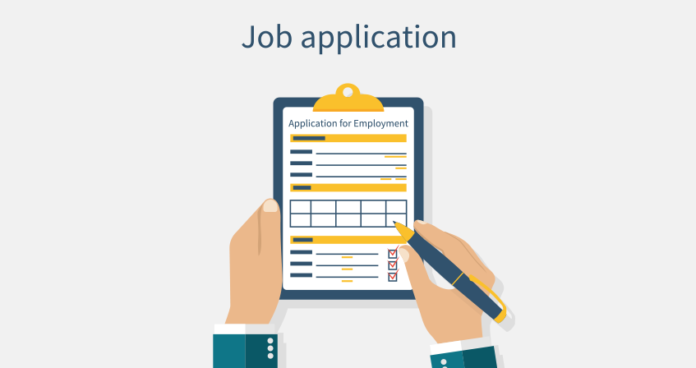It may not seem very obvious from the beginning, but there are unwritten rules and standards of writing especially in the corporate setting. Most people think that writing documents for their job applications is just like writing another college essay. Though most of the time you could get away with sloppy sentence construction and poor choice of words, such a writing strategy will not be effective for formal documents. With that said, one could argue that it is pointless to learn the proper writing strategy because you could just easily browse the internet for pre-made documents. But although there are plenty of cover letter examples and resume guides online, understanding the fundamentals of writing formal documents will help you take your writing skills to the next level.
Avoid flowery words and informal language
Formal documents are called such because they are primarily intended for formal use. Thus, it is imperative that you avoid using flowery words and informal language. There are numerous valid reasons for this. First, it introduces a tone of insincerity to the message. This is especially concerning for job applications because it communicates to employers that you are not taking your job opportunity seriously.
Second, it is vague. Phrases such as “spectacularly wonderful” or “amazingly talented” do not provide a definitive picture of the exact message you want to convey. Third, it is inefficient in both space and time. Formal documents are typically short, straightforward, practical, and clear which is the complete opposite of flowery words and informal language. Finally, it is prone to error. These words and phrases are often used incorrectly and inappropriately which leads to confusing messages.
Direct to the point
As mentioned above, formal documents are typically straightforward. This is because these texts circulate in an environment where time is of the essence. If certain ideas or concepts do not directly relate to or contribute to the original intention of the document, then do not include them. Employers and officers prefer texts that are brief yet concise. This entails having to communicate the most amount of information using the least amount of words. Always remember: formal documents are created to convey information, not entertain readers.
Use the appropriate document design
Although this information may not be indicated in most job application requirements, you must also pay close attention to the design of your document. Specifically, be aware of the appropriate font size and font style. Avoid using cursive font styles or those that are difficult to read. Moreover, do not make texts too small or too big. As a general rule, documents should be written in font sizes of at least 10 but no bigger than 14. You could also make certain lines and phrases stand out by typing them in bigger font sizes or using boldface. This is usually applied to headers, headlines, and certain keywords.
Uniformity is key
If you are required to submit a set of documents, make sure that they are relatively uniform in design. Uniform in design means that one document should not be drastically different from the other in terms of font size, font style, margin measurements, or even paper size. Otherwise, it would look like you have compiled random documents from multiple sources and it is generally messy in terms of arraignment and sorting on the part of the employer. Whenever possible, try to create documents that look like they came from a single template.
Proofread and verify
One of the essential characteristics of a formal document is that it should contain information that is true, accurate, and reliable. With this in mind, always proofread your documents before submitting them. Make sure that there are no typos and spelling errors for names, addresses, contact numbers, and other important details. Additionally, verify that the data included therein is accurate and reliable. Go over all the numbers, figures, charts, and evidence to ensure that they all reflect the intended information. As a rule, think of every document as one on which your life might depend on.












